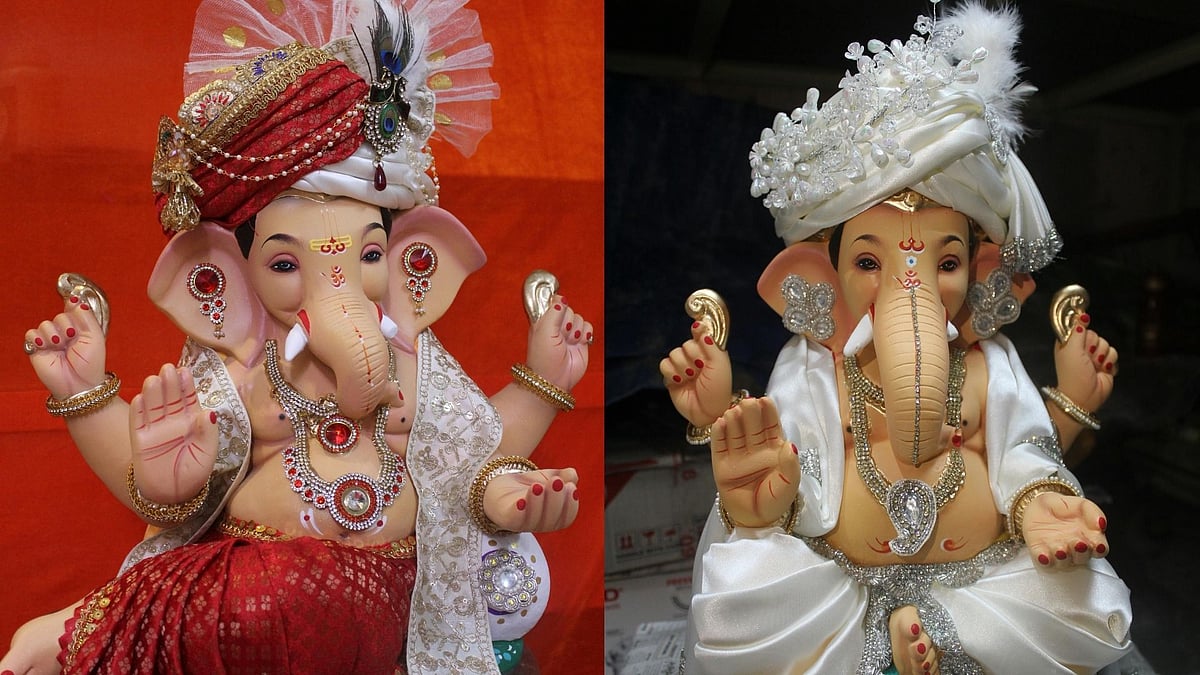Lord Ganesha, one of the most worshipped deities in Hinduism, is revered as the son of Lord Shiva and Goddess Parvati, often called the Cosmic Couple. Popularly known as Vighnaharta (remover of obstacles) and Vinayaka, Ganesha holds a unique place in Hindu traditions and beyond. From India to Nepal, Thailand, Indonesia, and even Western countries, devotees seek his blessings for wisdom, prosperity, and success.
He is widely regarded as the God of Beginnings. Hence, people often invoke his name before starting new ventures, performing ceremonies, or even appearing for examinations. Ganesha symbolises mastery over intellect, wisdom, and the triumph of truth over illusion.
The symbolism of his form
Lord Ganesha is usually depicted with a large human body and the distinct head of an elephant. Among his many features, one stands out the most, his single tusk, earning him the name Ekdant (meaning “one-toothed”). Followers interpret this as a spiritual reminder: the ability to rise above duality, such as good versus bad, joy versus sorrow, and to recognise the One Supreme Truth.
But why does Ganesha have only one tusk? Hindu scriptures and mythology provide several fascinating explanations for this divine mystery.

The Mahabharata and Sage Vyasa – A Legendary Tale
One of the most celebrated stories linking to Ganesha’s broken tusk comes from the great Indian epic, the Mahabharata.
Sage Vyasa, the seer who composed this monumental scripture, needed a scribe capable of keeping pace with his dictation. Realizing the enormity of the task, Vyasa sought Lord Brahma’s guidance. Brahma directed him to Lord Ganesha, famed for his intelligence and quick grasp of knowledge.
When approached, Lord Ganesha agreed on one condition: Vyasa must narrate without pause. To balance this, Vyasa imposed his own condition , Ganesha had to understand every verse before writing it down.
During the course of writing, Ganesha’s pen (a feather quill) broke. Not wanting to interrupt the sacred dictation, he broke off one of his own tusks and used it as a stylus. Thus, the epic Mahabharata was immortalized, and Ganesha became known as Ekdant.
Why lord Ganesha is worshipped first
Every Hindu ritual, whether a wedding, a housewarming, or the inauguration of a business, begins with an invocation to Lord Ganesha. This tradition stems from the belief that his blessings remove obstacles, ensure prosperity, and pave the way for success. In fact, he is also honored as the patron of arts, sciences, and learning, making him an inspiration for writers, students, and seekers of knowledge.









